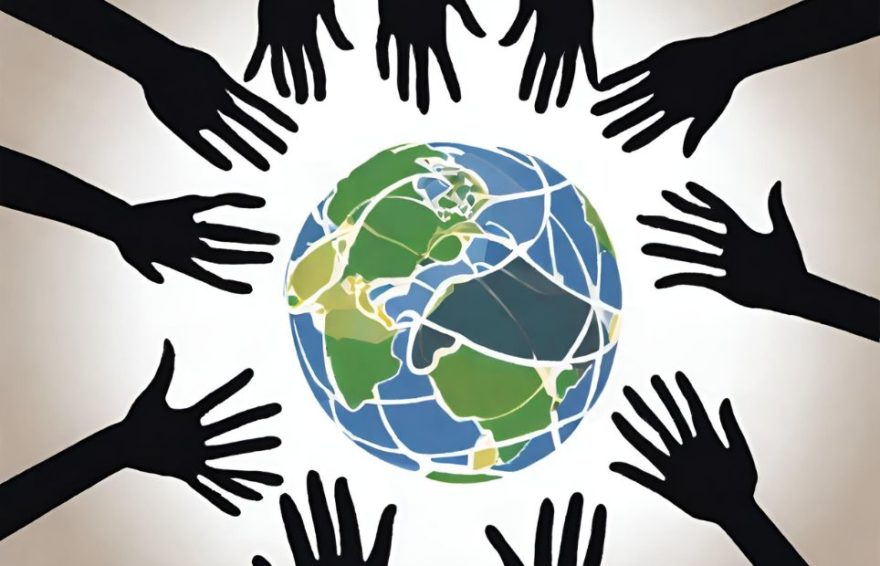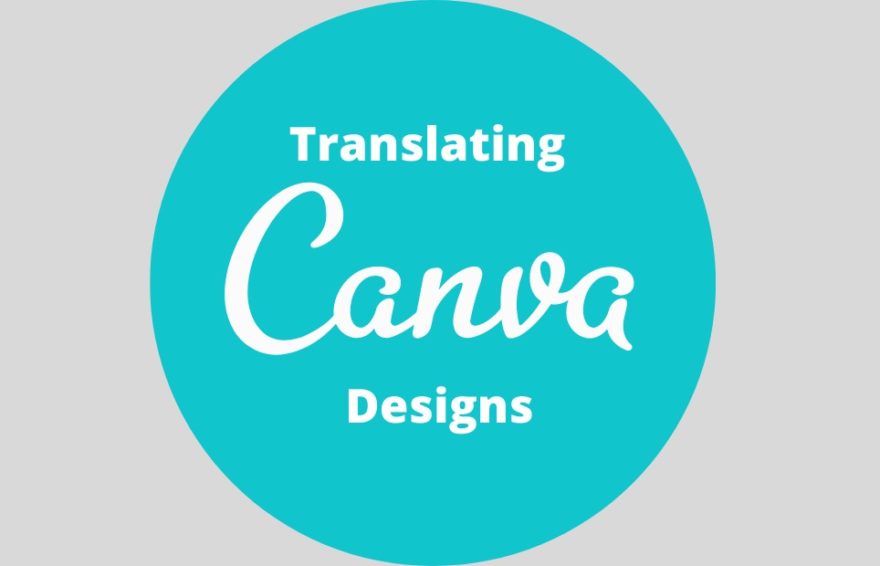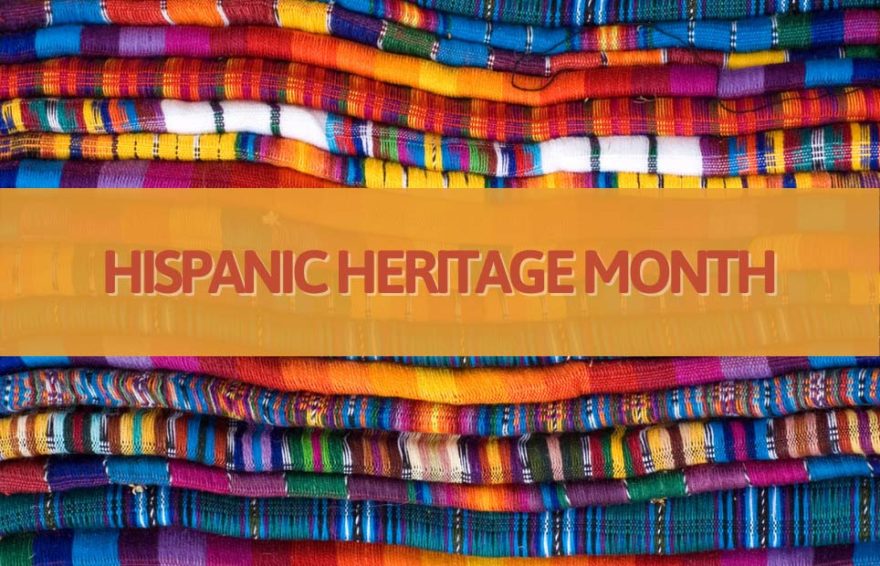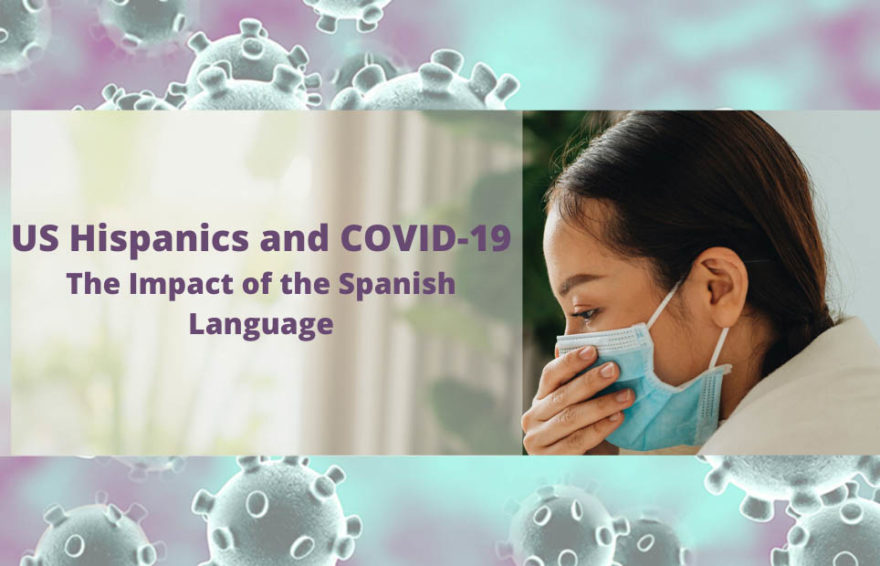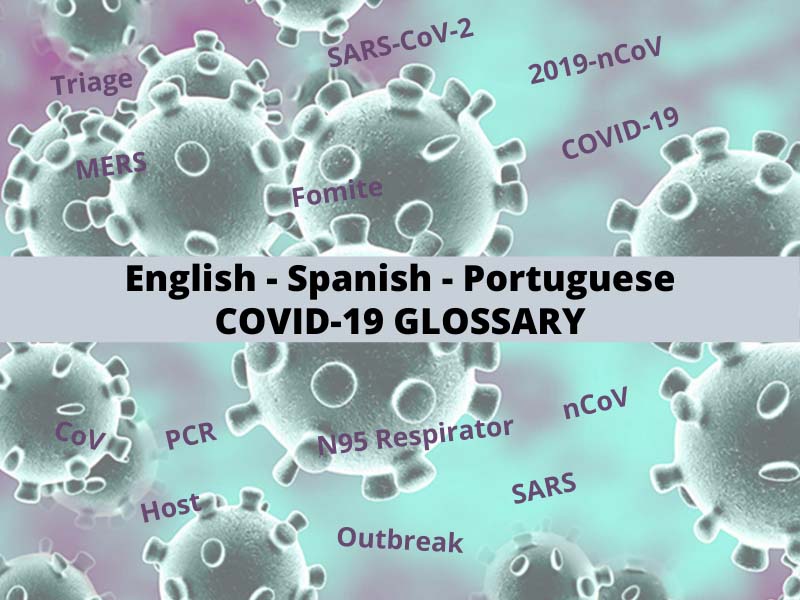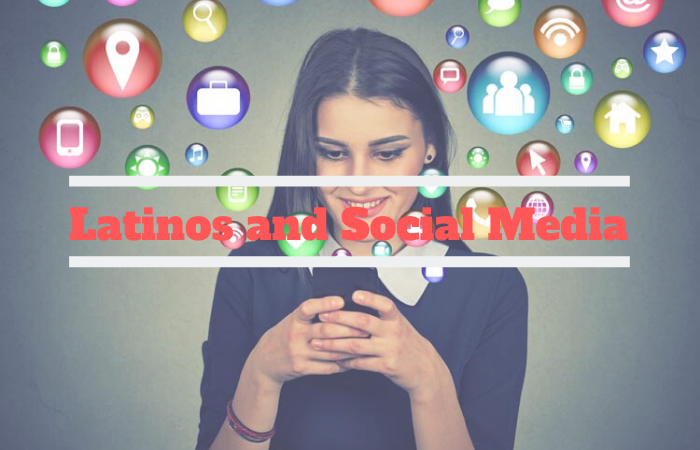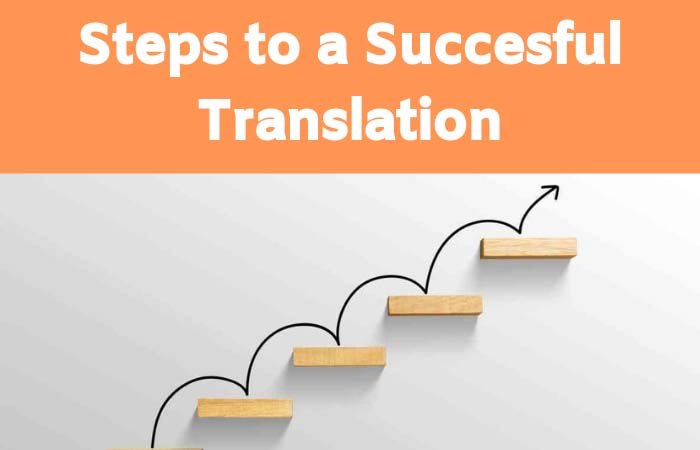Why Machine Translation Should Be Edited
In an era where artificial intelligence (AI) and machine learning are revolutionizing industries, machine translation (MT) has become an essential tool for businesses, researchers, and individuals who need quick and cost-effective translations. However, despite its advancements, MT still falls short in producing accurate, natural, and contextually appropriate translations. This is why post-editing—the process of reviewing and refining machine-generated translations—is crucial.
Let´s explore why machine translation should always be edited and the risks of relying on raw MT output.
The Limitations of Machine Translation
Modern machine translation systems, such as Google Translate, DeepL, and Microsoft Translator, use advanced algorithms like neural machine translation (NMT). While these systems have significantly improved over time, they still face critical limitations:
A. Lack of Context Understanding
One of the biggest limitations of MT is its inability to fully grasp context. Languages are rich in meaning, with words and phrases that change depending on the situation. For example:
- “He is charged with a crime” vs. “The phone is charged.”
- “Bank” (financial institution) vs. “Bank” (side of a river).
Without human intervention, MT may select the wrong meaning, leading to mistranslations that can confuse or mislead the audience.
B. Difficulty with Idioms and Cultural References
Many phrases do not translate literally, yet machine translation engines frequently attempt direct translations, resulting in awkward or nonsensical text. Examples include:
English: “I’m going to the office.”
- MT Spanish: “Voy a la oficina”.
- Correct Spanish: “Voy a la oficina” (could be correct in context but may be misleading if “office” refers to a corporate setting or home office, as in “consultorio” for a doctor’s office).
- Explanation: “Oficina” generally refers to a business office, but “consultorio” or “estudio” might be needed depending on the specific type of office being referred to.
Another example:
English: “I’m going to wash the car.”
- MT Spanish: “Voy a lavar el coche”.
- Explanation: In Spain, “coche” is commonly used for “car,” while in some Latin American countries like Argentina and Mexico, “auto” is more frequently used.
Post-editing ensures that cultural nuances are correctly conveyed instead of producing literal but meaningless translations.
C. Grammatical and Syntax Errors
While MT has improved in grammar, it still struggles with complex sentence structures, gender agreement, and tense consistency. Some languages, such as French, Spanish, and German, rely heavily on grammatical gender, which MT can misinterpret. Example:
- English: “The doctor told his patient to rest.”
- MT Spanish Translation: “El doctor le dijo a su paciente que descansara”.
- Issue: “Doctor” can be male or female, but MT defaults to masculine.
- Corrected Version: “El/la doctor(a) le dijo a su paciente que descansara.”
Another example:
- Spanish: “El abogado dijo que su cliente tenía derecho a apelar”.
- MT English Translation: “The lawyer said that his client had the right to appeal.”
- Issue: “Client” can refer to a male or female client, but MT defaults to masculine.
- Corrected Version: “The lawyer said that his/her client had the right to appeal.”
D. Inconsistent Terminology
For technical, medical, or legal documents, consistency in terminology is critical. Machine translation may translate the same term differently within a single document, leading to confusion and lack of coherence.
Example:
- First Sentence: “The software update includes new security patches.”
- Second Sentence: “The new patch improves software security.”
- MT Output: Uses “parche” for “patch” in one sentence and “actualización” in another.
A professional post-editor ensures that terminology remains consistent throughout the text.
2. The Risks of Using Raw Machine Translation
Businesses and individuals who rely solely on raw MT without human revision risk serious consequences, including miscommunication, legal issues, and reputational damage.
A. Legal and Compliance Issues
Incorrect translations in legal documents, contracts, or medical texts can lead to lawsuits, financial losses, or serious health risks. Example:
- A mistranslated instruction in pharmaceutical packaging can lead to incorrect dosages, endangering lives.
- In contracts, an incorrect translation of a legal clause could result in a company being bound by unintended obligations.
B. Damage to Brand Reputation
Businesses using raw MT in marketing materials risk producing translations that sound unprofessional or even offensive.
- A famous example is KFC’s slogan “Finger-lickin’ good”, which was once translated into Chinese as “Eat your fingers off”—a major branding disaster.
- Inconsistent and unnatural translations can make a company appear careless or untrustworthy, driving customers away.
C. Loss of Credibility in Academic and Professional Fields
Students, researchers, and professionals who use unedited MT for reports, papers, or presentations may produce texts that lack clarity and professionalism.
- Academic papers often require precise wording and subject-specific terminology, which MT cannot always provide.
- Employers reviewing poorly translated resumes or emails may question a candidate’s communication skills.
3. The Role of Post-Editing in Machine Translation
To ensure accuracy and quality, post-editing should always be performed by a skilled human editor. There are two main types:
A. Light Post-Editing (LPE)
This involves making minimal corrections to ensure basic readability and correctness. LPE is useful when speed is more important than perfection, such as for internal communications or rough drafts.
B. Full Post-Editing (FPE)
This process involves deep revision, improving grammar, terminology, style, and tone to ensure the translation reads naturally and fluently. FPE is necessary for published content, legal documents, medical translations, and marketing materials.
4. Best Practices for Post-Editing Machine Translation
To maximize the quality of machine-assisted translations, follow these best practices:
A. Use MT as a Tool, Not a Final Product
Machine translation should be viewed as a first draft that requires human intervention.
B. Employ Professional Translators
Trained linguists understand context, cultural nuances, and industry-specific terminology far better than an algorithm.
C. Verify with Native Speakers
For important documents, native speakers should review the text to ensure it sounds natural and appropriate for the target audience.
D. Utilize Translation Memory (TM) and Glossaries
Using pre-approved terminology databases ensures consistency and improves efficiency in post-editing.
Human Oversight is Essential
Machine translation is a powerful tool that significantly enhances productivity, but it is not yet capable of replacing human translators. The risks of relying on raw MT include errors in context, grammar, terminology, and cultural appropriateness, which can lead to legal issues, reputational damage, and loss of credibility.
By implementing human post-editing, businesses and individuals can ensure high-quality, professional, and accurate translations that truly serve their intended purpose. Whether translating legal contracts, marketing materials, or technical documents, human oversight remains indispensable.
Ready to transform your machine translations from robotic to remarkable? Transpanish’s expert Spanish-English posteditors are here to help. Contact us today for a consultation and unlock the true potential of your content.




